Description
This book places the Aboriginal occupation of Australia within a broad framework of human evolution and habitation. The author discusses the pioneering studies that delve into the mists of antiquity, and he engages with current controversies, including the extinction of mega fauna, land management practices, and social development over many millennia. The extraordinary achievements of Australian Aborigines are revealed in all their complexity and the evidence surrounding the identity of Australia’s first occupants is re-examined. The discovery of the ‘Hobbits’ of the island of Flores show that proto-humans were edging towards the great southern continent; their capacity to cross the sea implies intelligence and organisation, but how far did their footsteps extend? This is just one of many challenging questions brought to life in this absorbing account of Australia’s pre-contact history.
Australia’s Aboriginal past currently extends to 50,000 years, an enormous span of time, but it is just one episode in the grander tale of humanity which can be traced into the millions of years. Our understanding of that ancient lineage was – and remains – almost totally dependent on archaeology, which only emerged as a recognised scientific discipline in the late nineteenth century. The origins of archaeology lay in a convergence of intellectual thought that commenced when geologists such as James Hutton and Charles Lyell began to seriously challenge widely-held beliefs concerning the age of the Earth. Hutton’s work on stratification, the superimposition of layers of rocks and sediments, was integral to the resulting synthesis. His principle of Uniformitarianism also served to show the deposition was an ongoing process, and coupled with Steno’s Law, whereby the lower the layer the older it is, became and remained a basic tenet of archaeological excavation.
- 1. Archaeology and the archaeological endeavour
- 2. Human origins, evolution and global dispersal
- 3. The Neanderthal anomaly
- 4. The Hobbit enigma
- 5. Colonisation of Sahul – the archaeological and skeletal evidence
- 6. Demise of the megafauna
- 7. Pleistocene Australia – adaptation and innovation
- 8. Holocene Australia and regional case studies
- 9. Tasmania – an isolated trajectory
- Conclusion.
ISBN 9781925003710
Australian Scholarly Publishing Pty Ltd, 2021
Includes bibliographical references (pages [227]-251) and index.
xix, 260 pages ; 24 cm


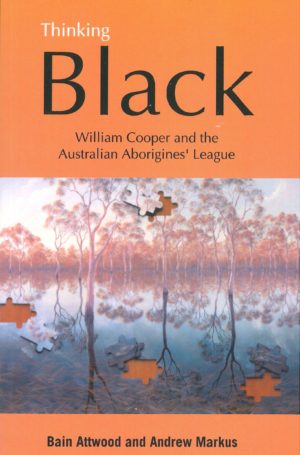


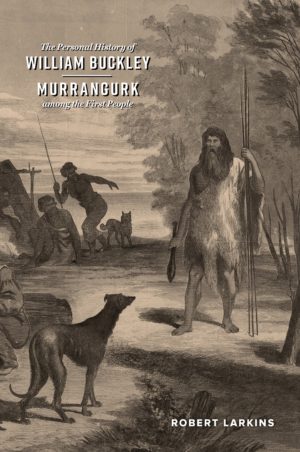
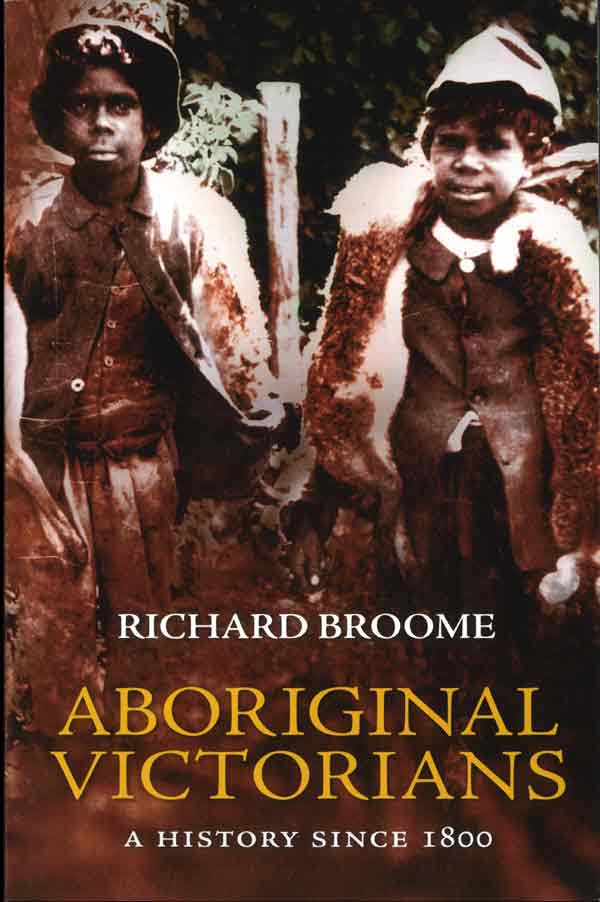







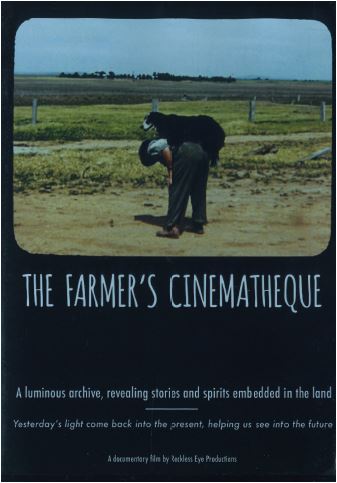


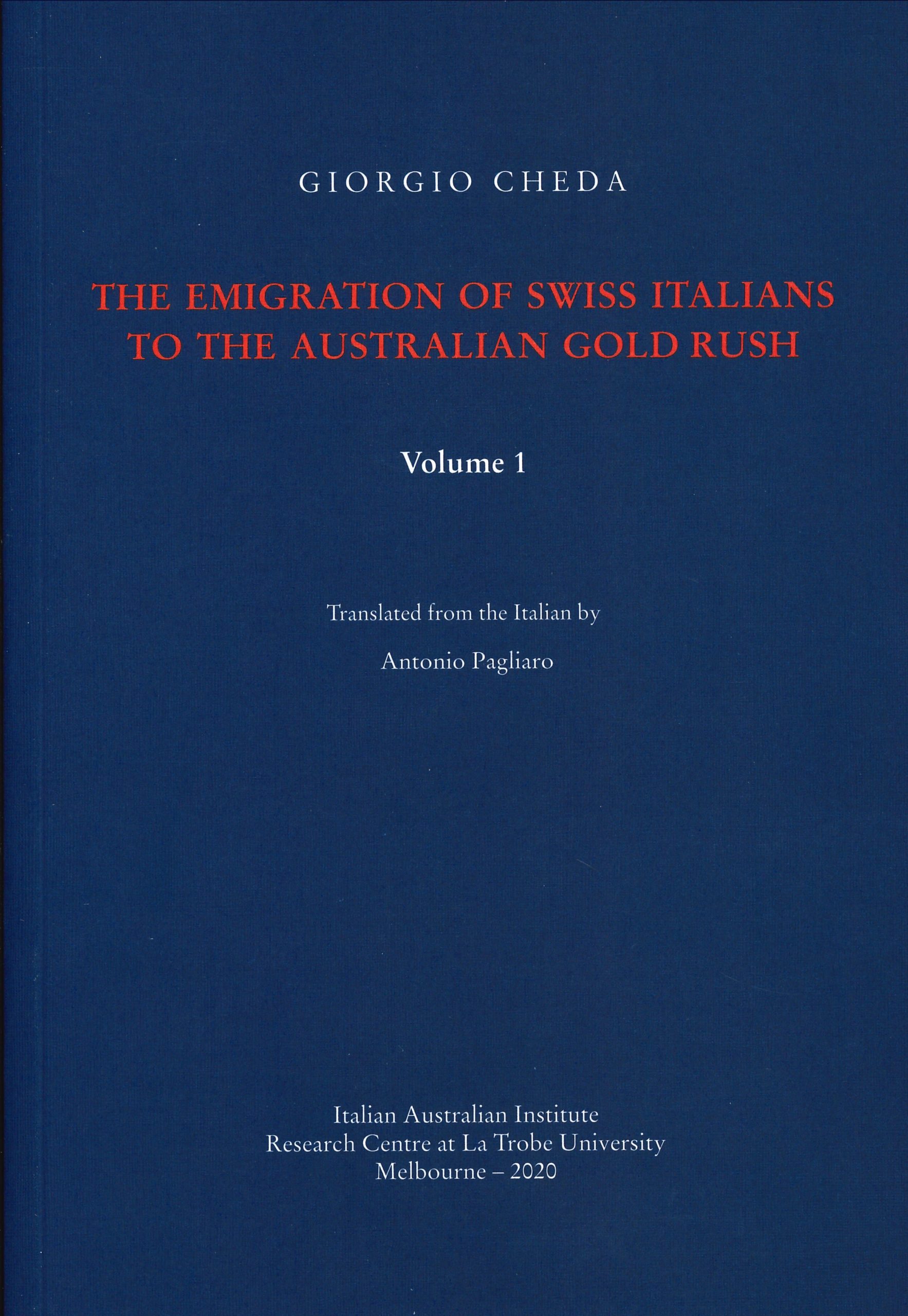

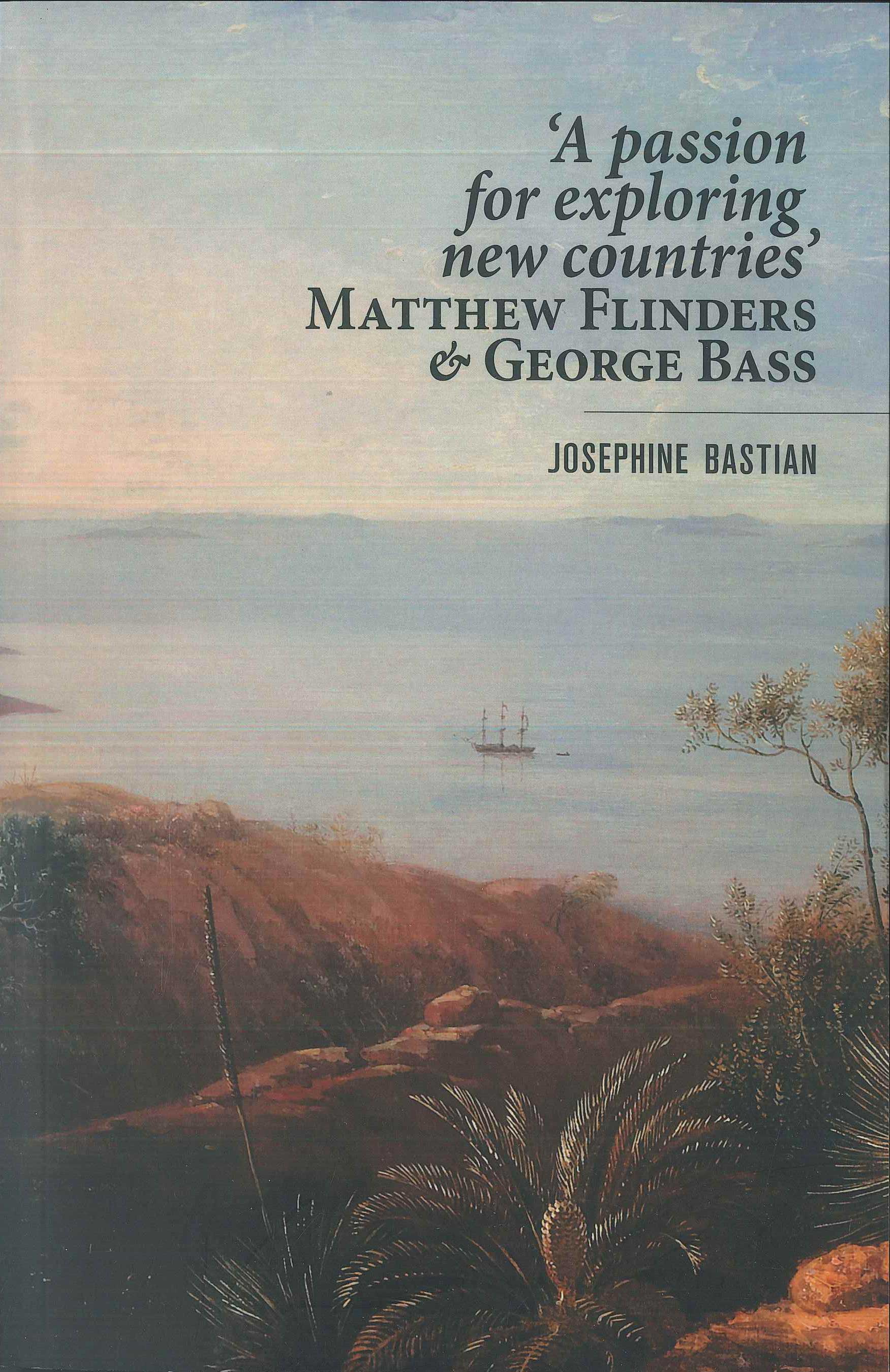
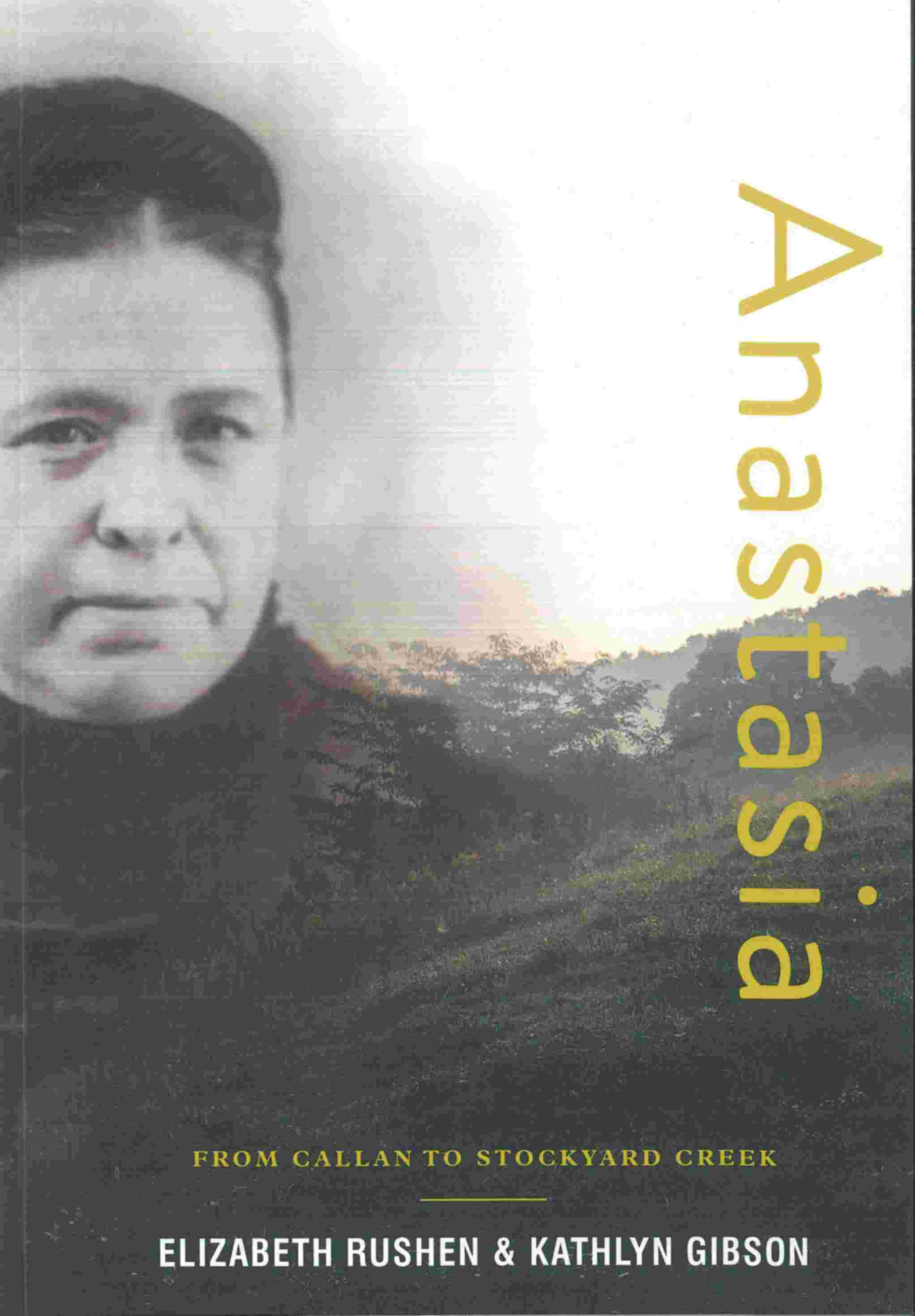
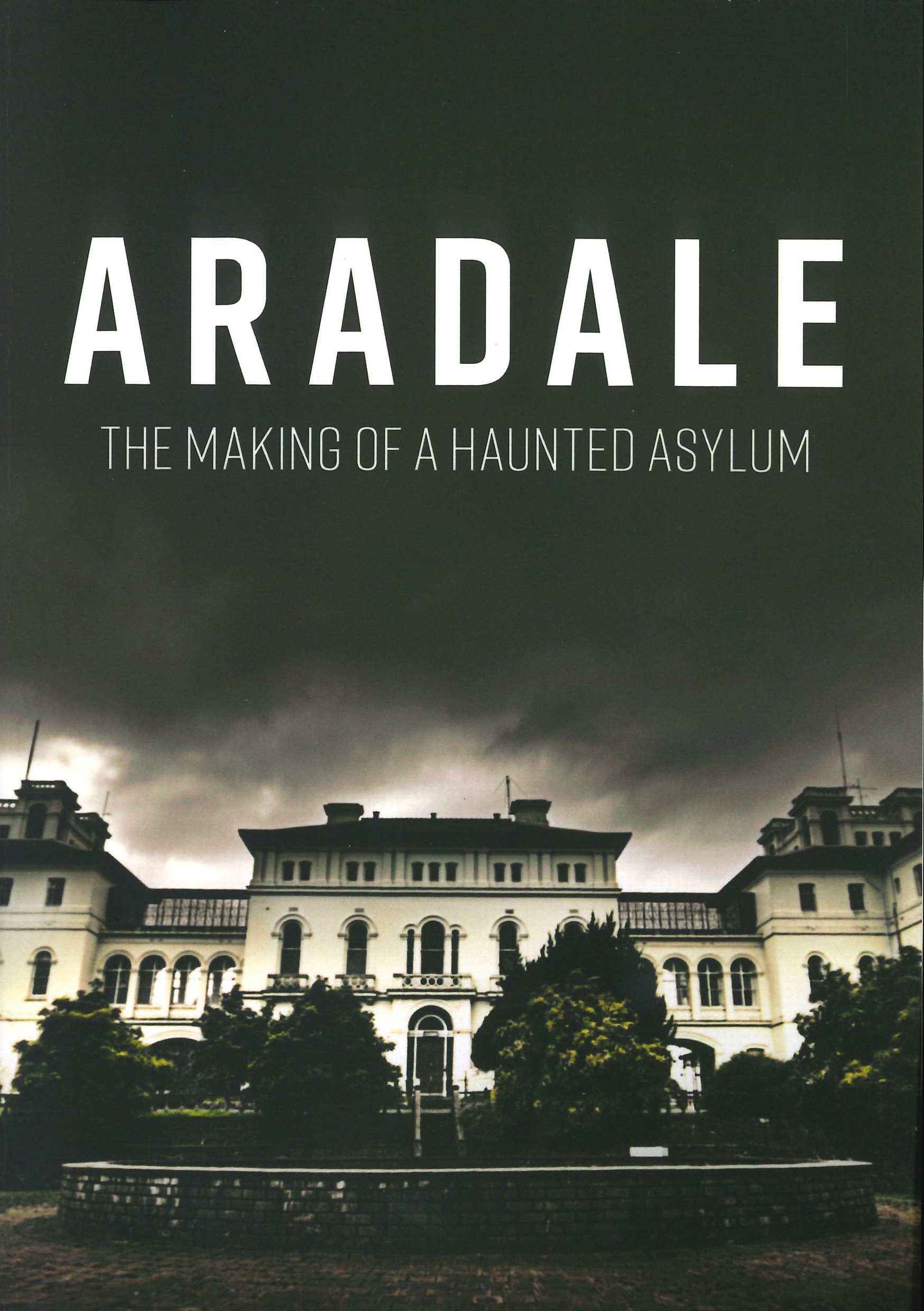
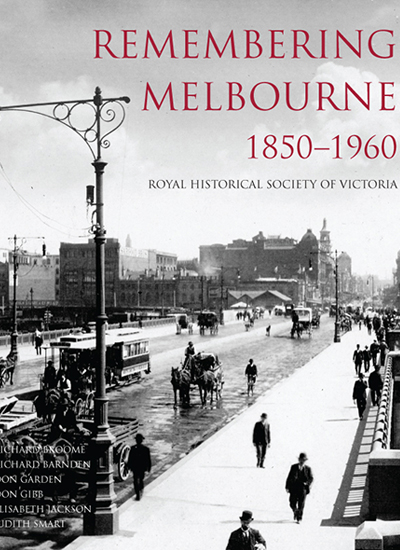
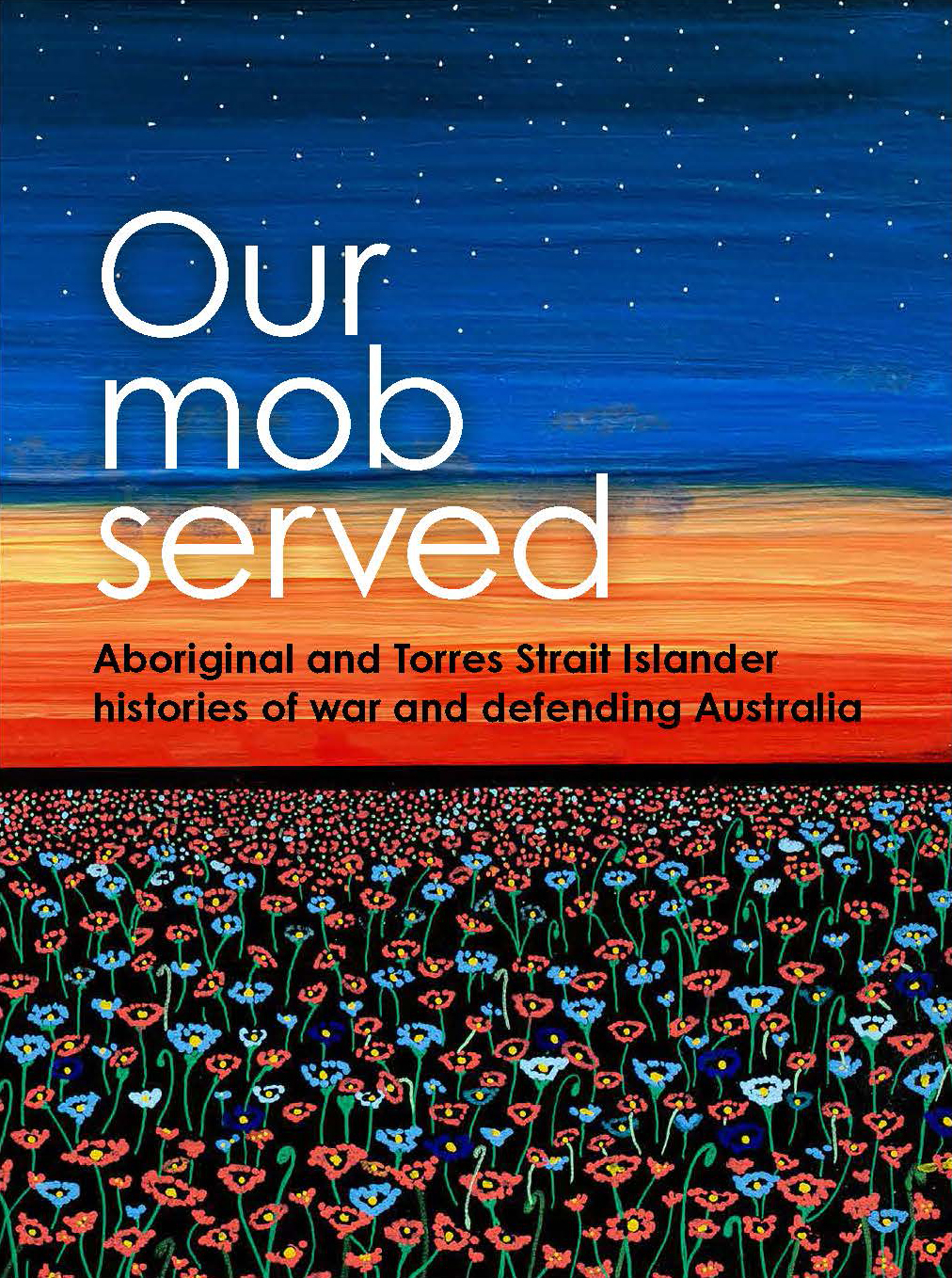
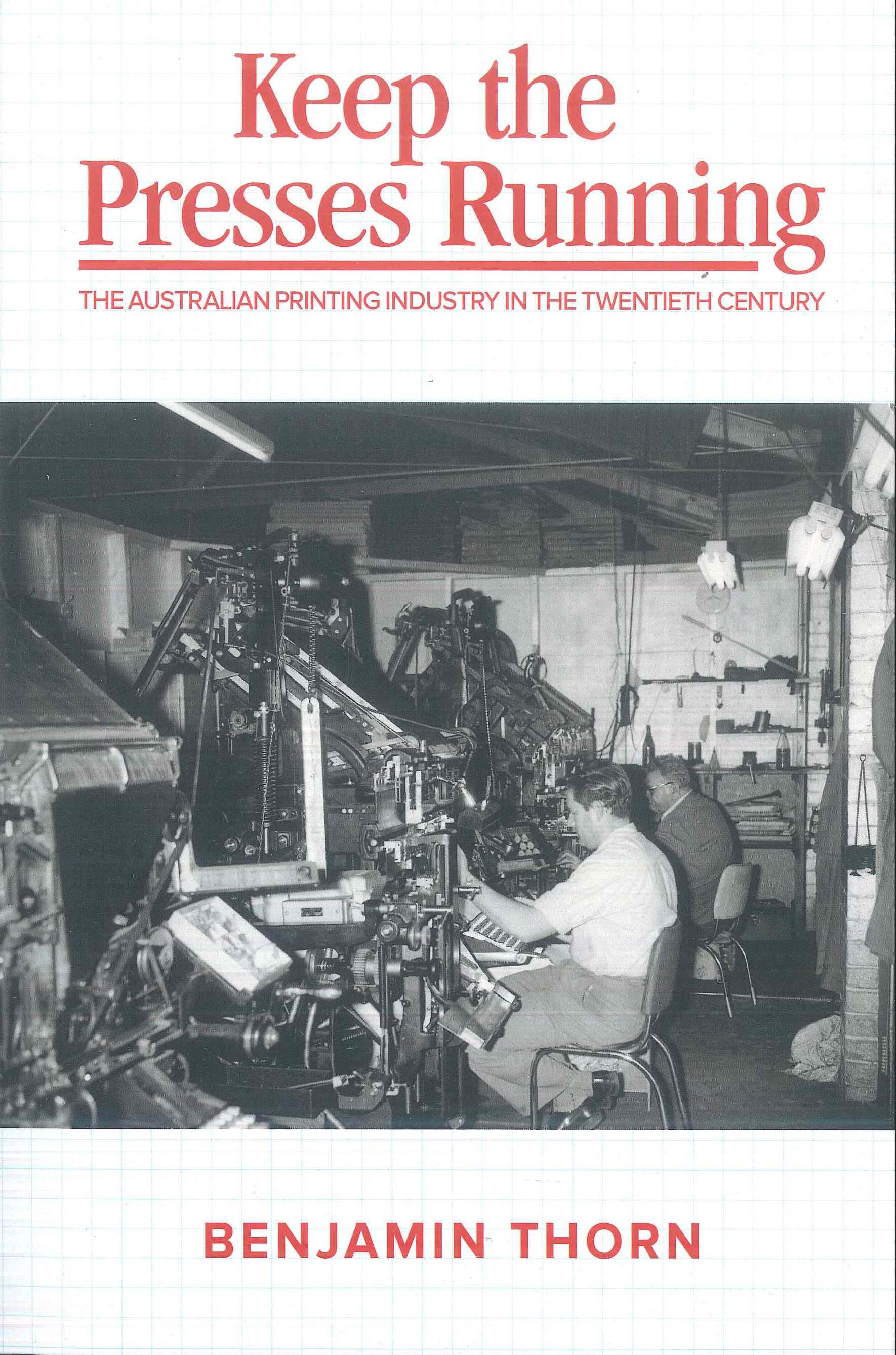

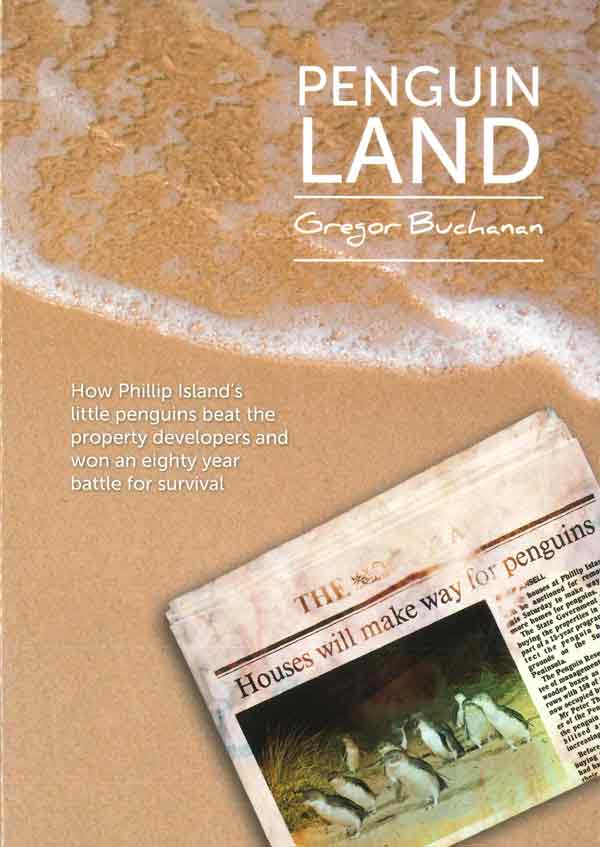
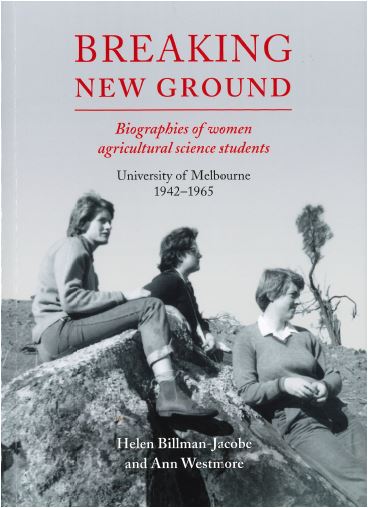
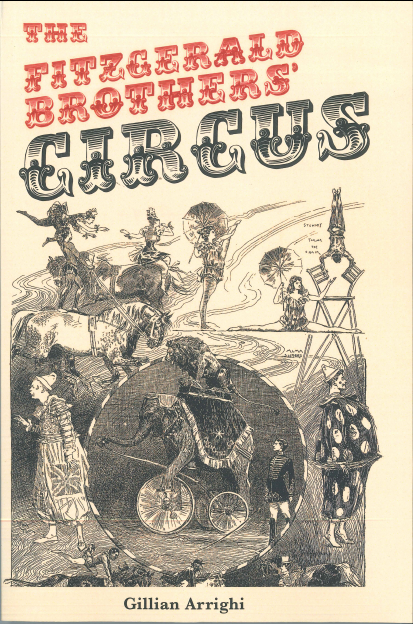


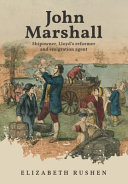
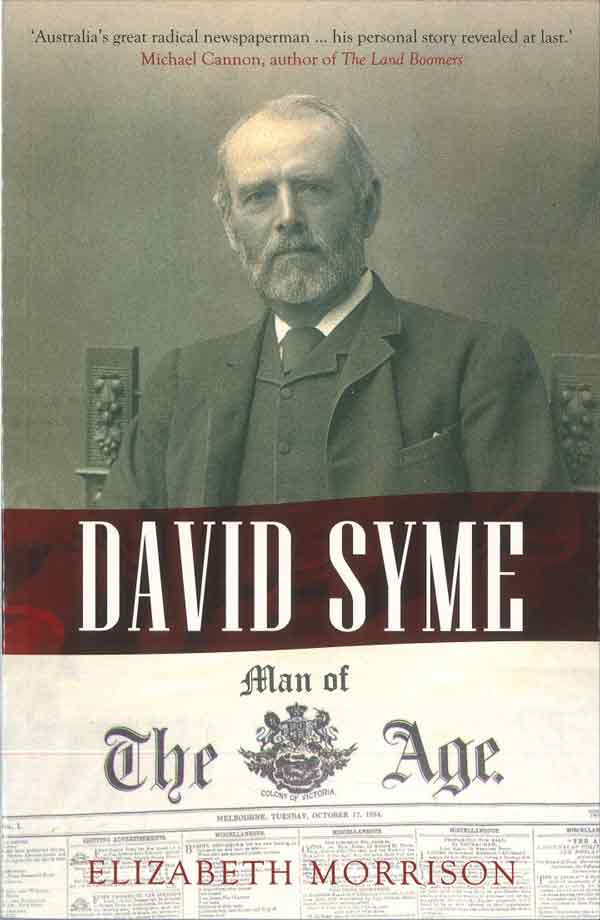

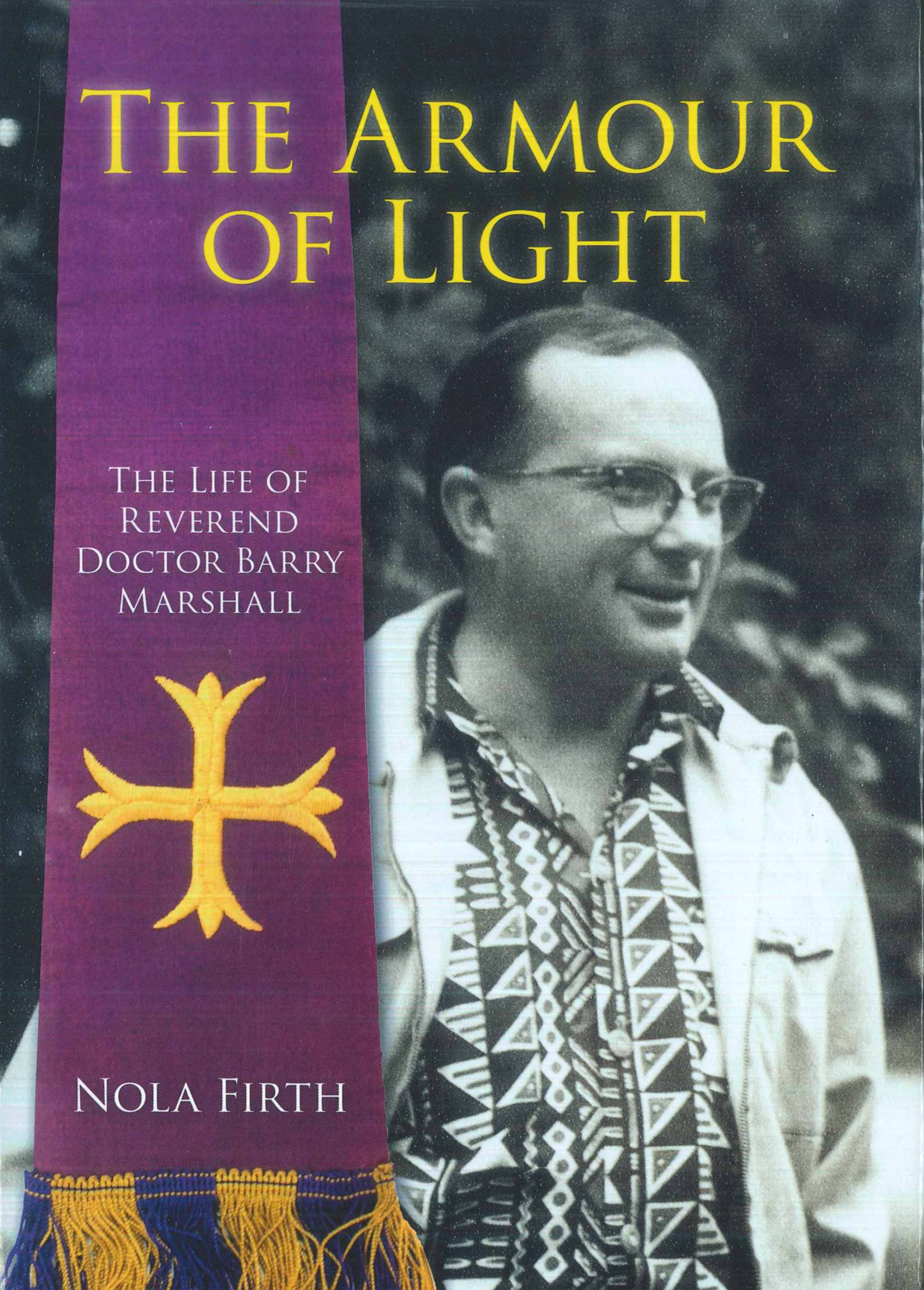
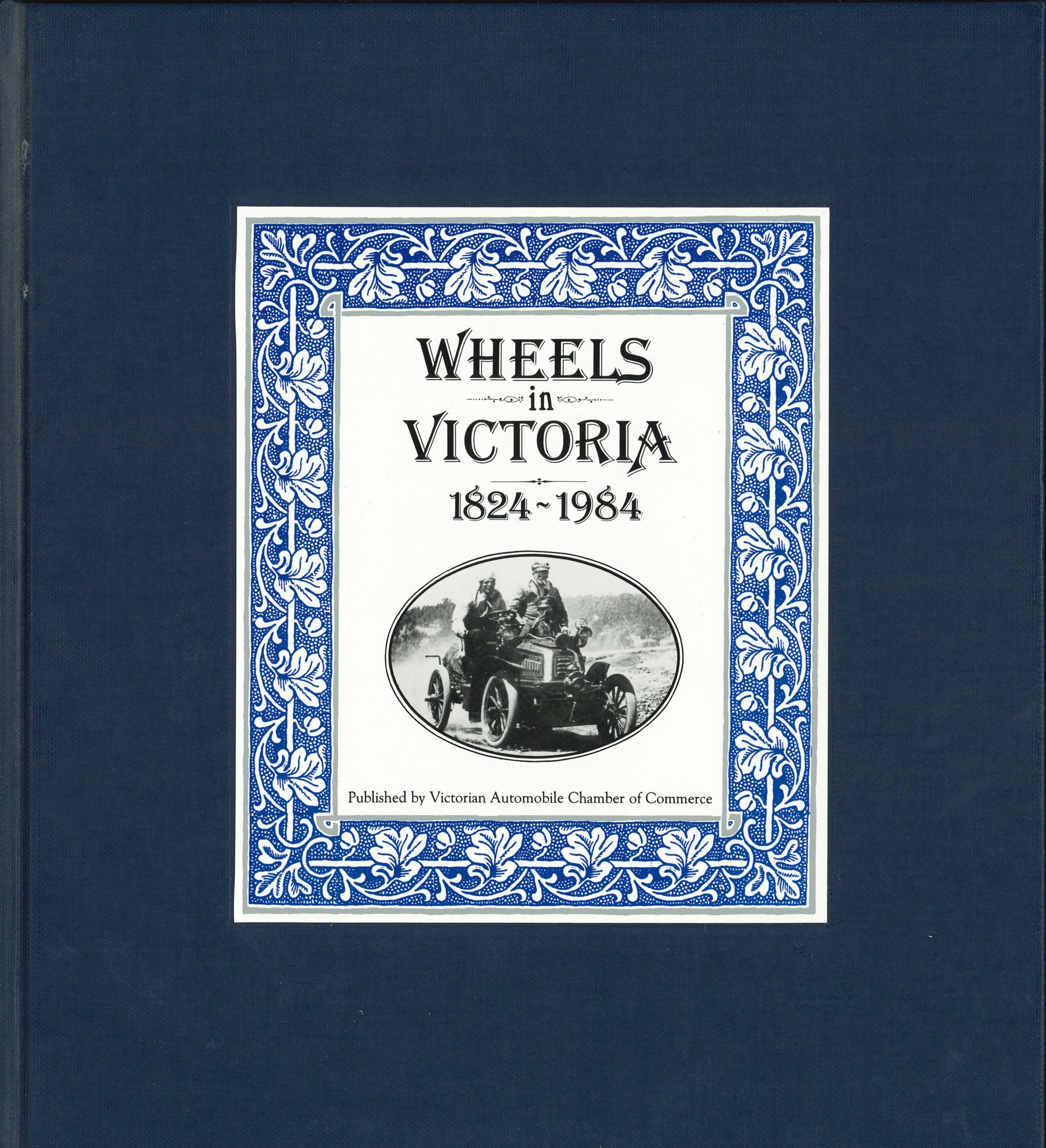


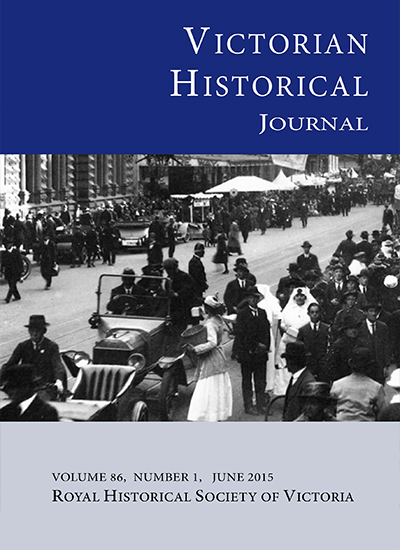
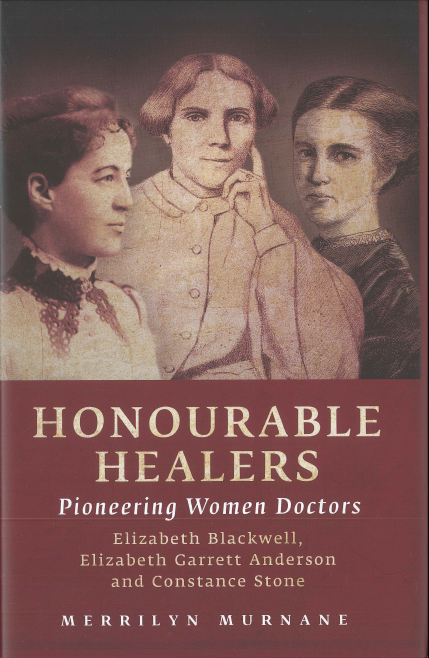

 239 A'Beckett Street Melbourne, Victoria, 3000
239 A'Beckett Street Melbourne, Victoria, 3000  03 9326 9288
03 9326 9288  office@historyvictoria.org.au
office@historyvictoria.org.au  Office & Library: Weekdays 9am-5pm
Office & Library: Weekdays 9am-5pm


Book Reviews Reviews
There are no reviews yet.